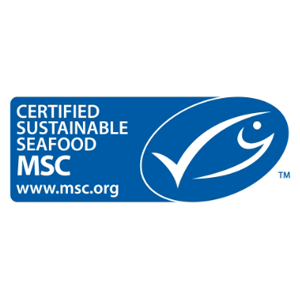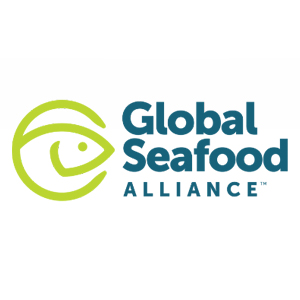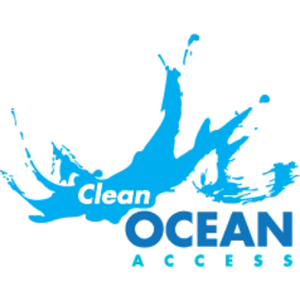Global Sustainable Seafood Initiative


Our Partnership
Our Partnership
Raw Seafoods is a part of the Global Sustainable Seafood Initiative because of the well-defined values of the GSSI that align with our sustainable beliefs. Sustainability is more than just a word, it is the collective actions of sustainable responsibility in the communities and environments that are operated in. These actions aim towards having impact now and for generations to come. We believe in promoting more sustainable seafood for all, and setting examples that encourage the seafood industry to do better and be better with sustainable commitments. Doing something is better than doing nothing, even if its a small step at first towards being more sustainable.
The GSSI Global Partnership brings together more than 90 stakeholders in a pre-competitive effort to tackle the seafood industry’s complex global sustainability challenges. The private sector, from across the seafood value chain, NGOs, governments, and international organizations including the FAO, collaborate and exchange knowledge to create joint solutions to these challenges.
The Global Sustainable Seafood Initiative (GSSI) is a public-private partnership working together on a common purpose: turn seafood into a driver for good to preserve oceans for future generations and drive forward more sustainable seafood for everyone.
Through its strong relationship with the FAO, GSSI is uniquely positioned to support its partners in accelerating the implementation of the UN Sustainable Development Goals. As one of the largest precompetitive collaborations in the world aligning businesses, NGOs, governments, and international organizations representing the full seafood value chain – the GSSI Global Partnership invites seafood sustainability leaders to join and become part of the solution.
GSSI Vision
More sustainable seafood for everyone.
GSSI Mission
Ensure confidence in the supply and promotion of certified seafood as well as promote improvement efforts in seafood sustainability globally.
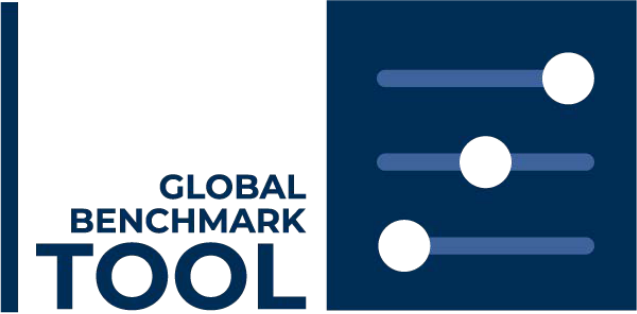

GSSI’s Global Benchmark Tool offers formal recognition for seafood certification schemes that successfully complete a rigorous and transparent benchmark process. Underpinned by FAO Guidelines, the tool provides confidence in certified seafood and promotes improvement in seafood certification schemes by recognizing only those that are robust and credible. The tool aims to minimize the overall environmental impact of how we produce and catch seafood to meet the growing global demand.
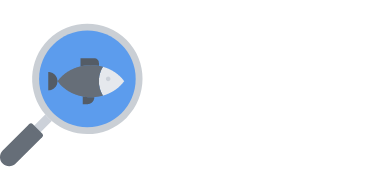

Why
Seafood sustainability certification has become a well-recognized assurance-based solution that helps ensure the maintenance of healthy fish populations, minimal impact on the environment, and response. With many kinds of labels, claims, and logos in the market, it is important for producers, retailers, and consumers to understand which certification schemes they can trust.
What
GSSI’s Global Benchmark Tool offers formal recognition for seafood certification schemes that successfully complete a rigorous and transparent benchmark process. Underpinned by FAQ Guidelines, the tool provides confidence in certified seafood and promotes improvement in seafood certification schemes by recognizing only those that are robust and credible. the tool aims to minimize the overall environmental impact of how we produce and catch seafood to meet the growing global demand.

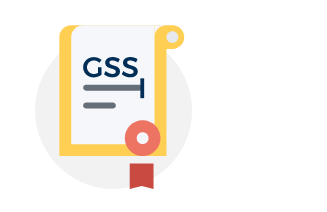

How
Once seafood certification schemes apply to be benchmarked against the GSSI Global Benchmark Tool, they go through a rigorous six-step recognition process. These steps ensure that the scheme is in alignment with the Benchmark Framework through several review stages. Following recognition, all schemes are then required by GSSI to undergo annual monitoring, verifying their credibility through continued alignment with the framework.
How the GSSI Benchmark Tool works to deliver more sustainable seafood
The Impact
The Impact
 Governmental Organizations can partner with GSSI to promote sustainable development with industry and supply chain actors.
Governmental Organizations can partner with GSSI to promote sustainable development with industry and supply chain actors.
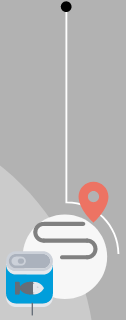 Processors, Wholesalers & Distributors have more credible choice in certified seafood, resulting in greater affordability and flexibility in the supply chain.
Processors, Wholesalers & Distributors have more credible choice in certified seafood, resulting in greater affordability and flexibility in the supply chain.
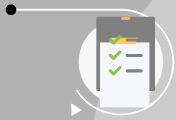 Scheme Owners can showcase their commitment and alignment with internationally recognized codes and guidelines.
Scheme Owners can showcase their commitment and alignment with internationally recognized codes and guidelines.
 Harvesters & Producers can choose a certification scheme best suited for them, while still being recognized as robust in the global market.
Harvesters & Producers can choose a certification scheme best suited for them, while still being recognized as robust in the global market.
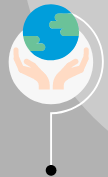 NGOs are provided with a multi-stakeholder platform for collaboration and knowledge exchange.
NGOs are provided with a multi-stakeholder platform for collaboration and knowledge exchange.
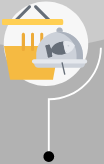
Retail & Food Service
What does being a GSSI-recognized scheme mean?
Being GSSI-recognized means a scheme annually demonstrates its alignment with GSSI’s Global Benchmark Tool. Recognition shows that the scheme’s procedures and practices meet the requirements set out in internationally agreed codes and guidelines. These requirements include, but are not limited to, the implementation of:
- A third-party management system with appropriate independence between the scheme owner, the certification body, and the accreditation body
- Active stakeholder involvement
- Appropriate complaint handling
- Transparency
- Competent auditors
- Aquaculture and/or fisheries standards, ensuring sustainable farming or finishing practices
9
GSSI-Recognized Certification Schemes
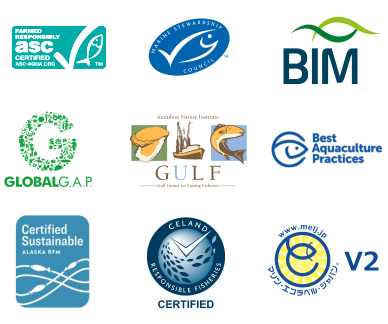
https://www.ourgssi.org/benchmark-process/


GSSI developed Seafood MAP as the key to improving the sector's sustainability - by bringing local and global actors together, promoting collective action, and unlocking pathways for improvement that meet local priorities and needs. Seafood MAP is a digital platform that allows fisheries andaquaculture actors to map their sustainabilityefforts through a powerful combination ofstorytelling and measuring impact against the UN SDGs. Based on a standardized common language, Seafood MAP provides new ways for producers globally to learn, connect to markets, findtechnology solutions, and understand investment opportunities.
Supporting local seafood producers to supply more sustainable seafood
Each year, the consumption of global seafood increases. As a result, the seafood sector is under pressure to ensure supply and food security, while maintaining healthy ocean ecosystems for marine life. Certifications, ratings, and fisheries and aquaculture improvement projects are key tools for increasing seafood sustainability, but they are not a universal solution. More than 34 percent of global seafood production is currently not covered by these initiatives.
To accelerate change towards sustainability, seafood value chain actors, including fishers cooperatives, non-profit organizations and NGOs, development agencies, investors, and seafood buyers, need simple guidance for
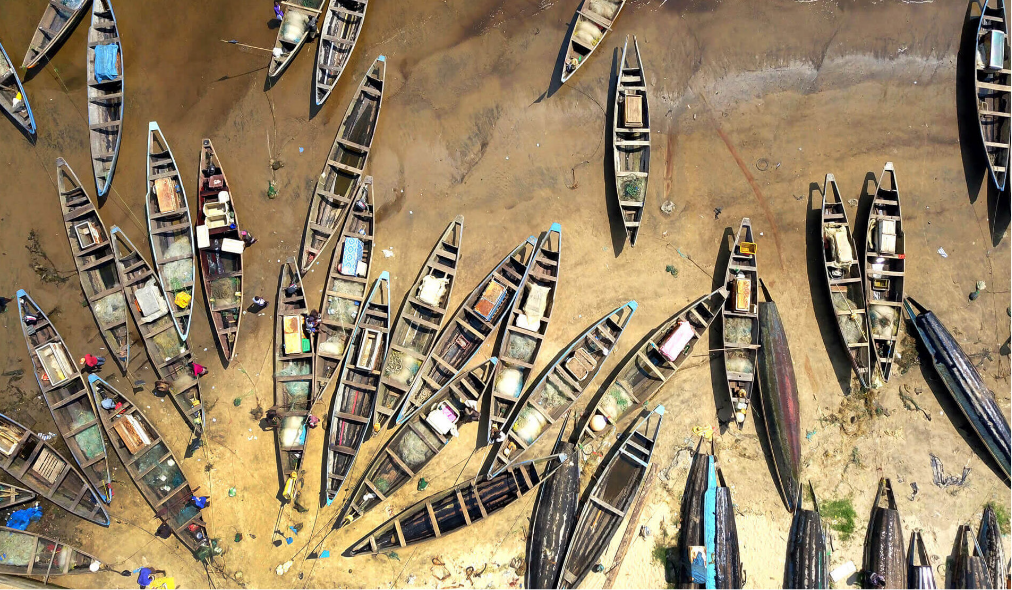

Continous improvement in order to produce seafood in a responsible manner. After three years of scoping, the Global Sustainable Seafood Initiative (GSS), supported by IDH, is The Seafood MAP platform to fill this need.
As a public-private partnership with more than 90 stakeholders from across the GSSI aligns
global efforts and resources to address seafood sustainability challenges and has successfully operationalized international guidelines with the GSSI Global Benchmark Tool. With seafood MAP, GSSI Will leverage the influence of its Global Partnership to drive charity, confidence, and choice in non-certified seafood and to increase the pool of certifiable seafood.
64 Percent
off global seafood production is not covered by sustainable initiatives
As estimated by Certification and Ratings CollaborationsVizualise. Leverage. Amplify.
Seafood MAP stands for Measuring and accelerating performance of global seafood supply. Seafood MAP is a digital platform to promote sustainability practices within the seafood sector by allowing every seafood industry ator to share their sustainability goals or journeys.
The platform also provides a visual tool to map local and regional projects with sustainability objectives anywere in the wprld. Seafood MAP will bring together as many seafood actors as possible on a single, unique, and tranparent platform to enable opportunities and growth in the sector.
What is Seafood MAP?
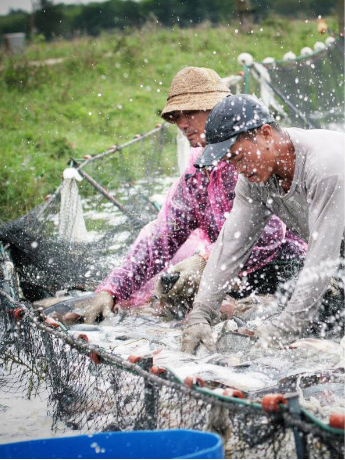

A global Guidance
Like the GSSI Global Benchmark Tool Seafood MAP is based on internationally recongnised guidelines:
- the United Nations Sustainable Development Goals (SDGs)
- the FAO Code of Conduct for Responsible Fisheries (CCRF); and
- the FAO Voluntary Guidelines for Securing Sustainable Small-Scale Fisheries
This common language will enable users to evaluate and track sustainability performances, simplify environment, economic, and social performance indicators, and to reduce the knowledge gap on the sustainability of seafood production
A Marketplace and a resource section
Seafood MAP users upload information about their products, services, and their ongoing sustainability activities under their profile. Like a match-making application, this information creates networks based on business activities and shared sustainability goals which allow users to connect and to interact in a collaborative space.
on the platform:
- buyers can find suppliers, and vice versa,
- non-profit organizations, NGOs, and development agencies can connect with fishers and farmers,
- producers can identify new markets and
- investors can access data to make better decisions.
Moving Towards a Credibility bulding system
Each user adds information to their profile via a self-evaluation tool to report on their sustainable practices and progress.
Users are notified when a milestone is reached; this result is highlighted and amplified throughout the platform, It creates a pipeline for sustainability projects to engage more people and accelerate their impact
New Collaborations will arise to drive continuous imporvement in seafood supply chains.
The
Journey
Create Your Profile
Share your goals, explain your journey;
Connect / interact with others
who have similar sustainability goals and / or business interest;
Understand and track
Your sustainability performance, learn from others
Build credibility
and validate sustainability milestone(s):
Demonstrate your achievements
and highlight your efforts.
How can organizations use Seafood MAP?
Seafood MAP is available to evey actor in the seafood industry. Five Different categories of users will find value in the Seafood MAP platform.
Producers
Seafood producers are the main users of the Seafood MAP platform. Producers, especially small-scale fishers and aquaculture farmers located in developing countries, often do not use sustainability reporting tools. Despite their sustainable practices, producers consequently do not secure interest from buyers. Through the platform, they can share and get recognized for their sustainability goals or journeys. Producers can also tell their stories and learn from each other.
Buyers
With Seafood MAP, seafood buyers, including processors, distributors, wholesalers, retailers, and others throughout the supply chain, have access to a new and constantly updated database and can identify new sources. Buyers are provided with the information they need to sustainably enhance their supply chain and have the opportunity to work with producers and suppliers on sustainable pathways.
Investors
In a fragmented sector like the seafood industry, there is a lack of information about uncertified and smaller producers around the world. Seafood MAP supports investors in their decision-making processes, which allows them to gain a better understanding of the different markets.
The platform also provides a complete overview of the sustainability services and products that they can invest in. Investors can also gather input to create local and regional strategies by working with the whole seafood value chain for more sustainable seafood.
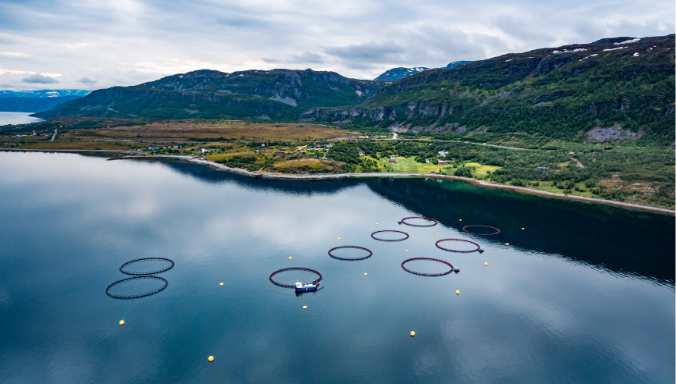

NGOs
By registering on Seafood MAP, non-profit organizations and NGOs with sustainability goals gain visibility; and their objectives and progress are shared with the whole seafood community. highlighting the work of the small-scale fisheries they collaborate with and facilitating the linkages between small-scale producers and potential buyers.
Development Agencies
Notional and intergovernmental development agencies including UN specialized agencies could register to promote their programs, as well as to promote the implementation of internationally recognized guidelines with the wider seafood community.
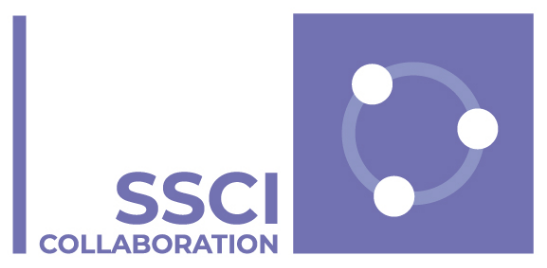

To efficiently address compliance issues in the seafood sector, there is a pressing need for credible, independent, and harmonized guidance for social auditing criteria. That is why GSSI collaborates with the Sustainable Supply Chain Initiative (SSCI) of The Consumer Goods Forum. The partnership brings together GSSI's expertise and success in working with seafood certification schemes and SSCI's extensive social compliance background. This collaboration led to the co-development of two scopes within the SSCI Social Benchmark Tool, covering at-sea operations and primary production (aquaculture).
What it is
GSSI and the Sustainable Supply Chain Initiative (SSCI) of The Consumer Goods Forum initiated a collaborative partnership in 2018, The partnership brings together GSSI's expertise and success in working with seafood certification schemes and SSCI's extensive social compliance background. This collaboration led to the co-development of two scopes within the SSCI Social Benkmark Tool. covering at-sea operations and primary production (aquaculture).
Why it's needed
Seafood is one of the most traded foods in the world, with the sector employing an estimated 260 million people worldwide. Social responsibility and safeguarding workers' rights is a crucial priority for the seafood industry, particularly in developing countries. To efficiently address social compliance issues in the seafood sector, there is a pressing need for credible, independent, and harmonized guidance for social auditing criteria.
How it works
The SSCI SOcial Benchmark Tool 3part process:
APPLICATION
Programs apply to undergo the benchmarking process according to the SCCI methodology
ASSESSMENT
Programs are assessed through the 5-step benchmarking process based on the voluntary jointly developed SSCI-GSSI criteria
RECOGNITION
if all criteria are met, programs are recognized by SSCI
Meet more of our partners
